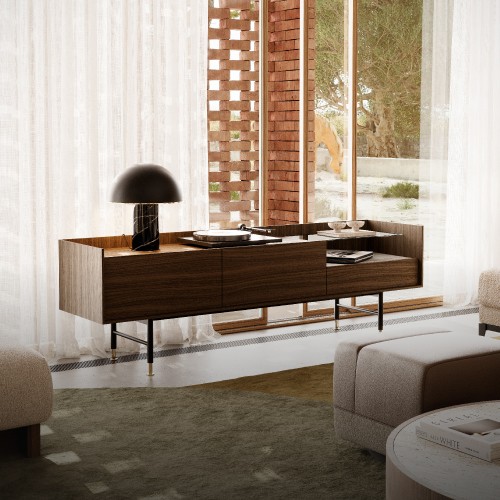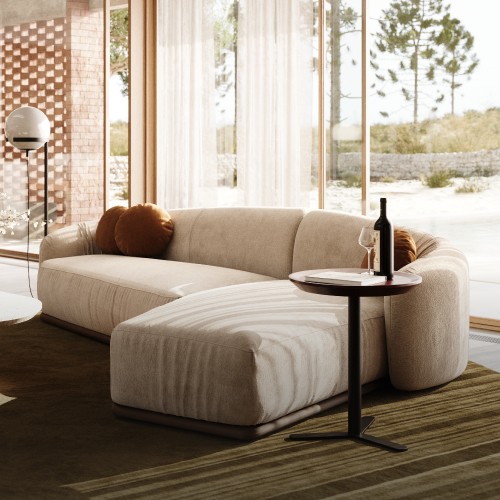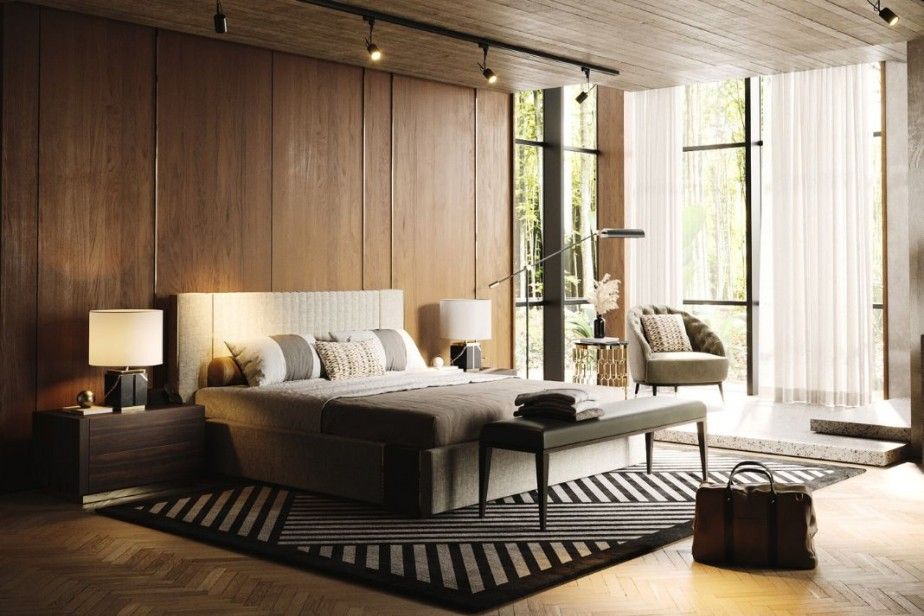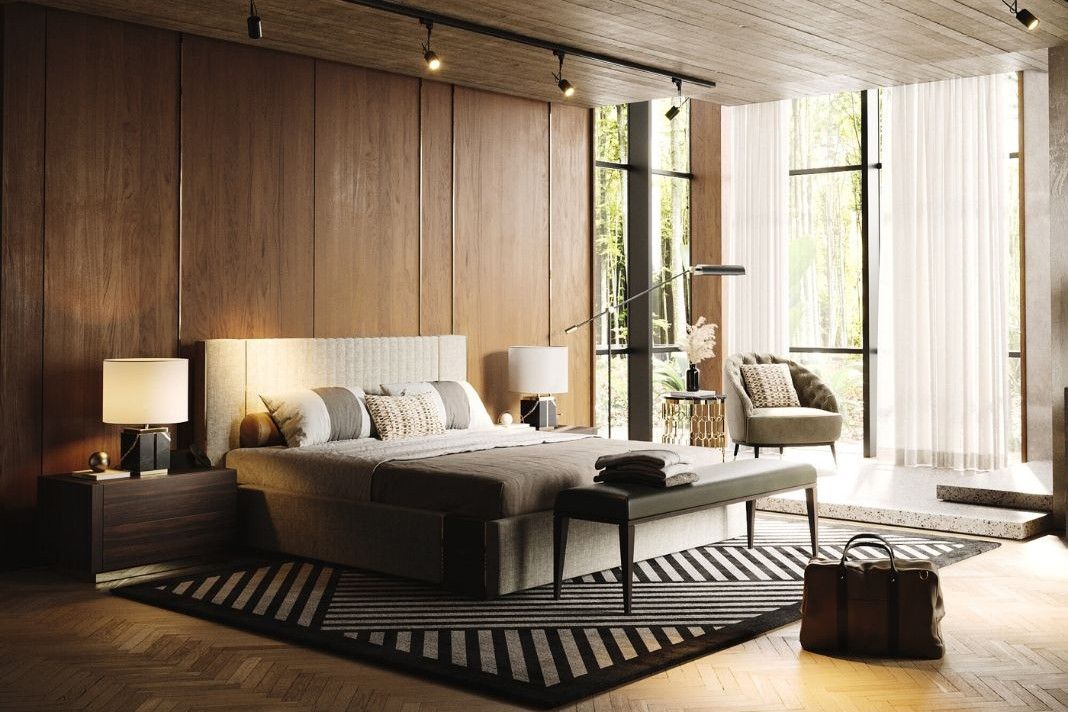By blending Japanese minimalism with Scandinavian cosiness, Japandi design creates a unique and harmonious aesthetic that is both calming and inviting. The style emphasizes clean lines, neutral colours, and natural materials, with an emphasis on simplicity and functionality.
Whether you're looking to redecorate your entire home or simply add a touch of Japandi style to your living room, our guide will provide you with the inspiration and knowledge you need to create a stunning space that reflects your style.
JAPANDI INTERIOR DESIGN: A FUSION OF TWO CULTURES
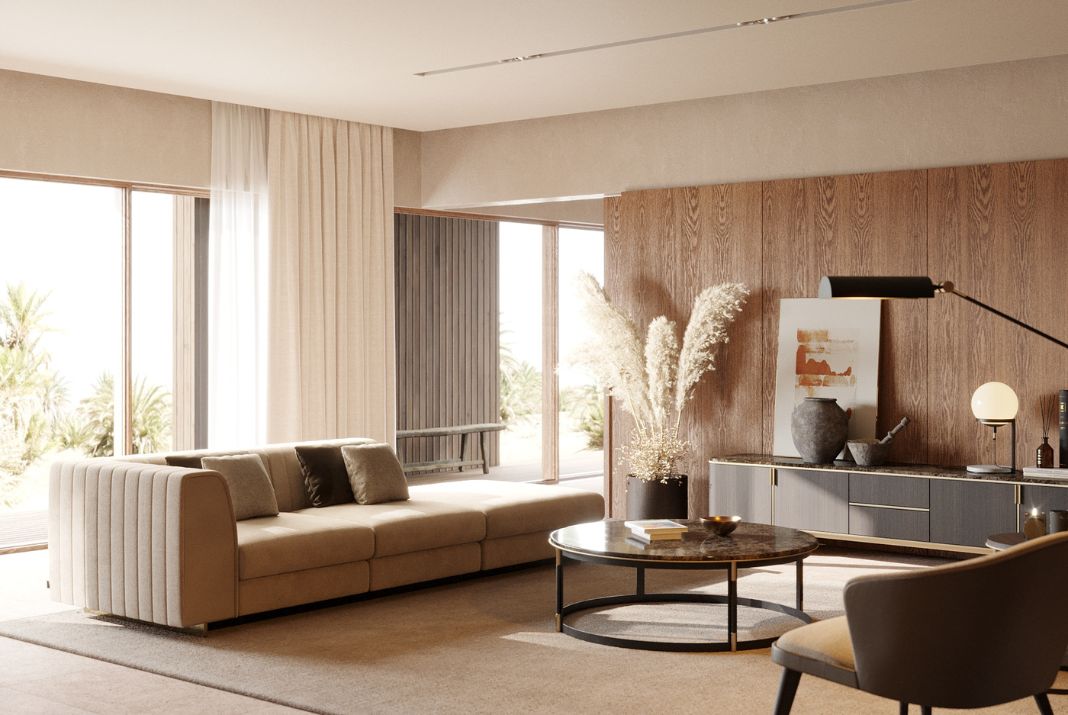
Japandi interior design is a hybrid style that combines the minimalist elegance of Scandinavian design with the timeless beauty of Japanese aesthetics. It is a perfect blend of two distinct cultures that share a common love for simplicity, natural materials, and a peaceful ambience. Japandi interior design is all about creating a harmonious living space that promotes serenity, tranquillity, and balance.
The Philosophy Behind Japandi Interior Design
At the heart of Japandi interior design lies the concept of "wabi-sabi," which is a Japanese aesthetic that celebrates imperfection, simplicity, and authenticity. Wabi-sabi emphasizes the beauty of natural materials, such as wood, stone, and bamboo, and values the marks of age and wear as a testament to the object's history and character. Scandinavian design, on the other hand, emphasizes functionality, minimalism, and clean lines.
When these two design philosophies are combined, they create a unique, warm, inviting, yet modern and minimalist style. Japandi’s interior design emphasizes the use of natural materials, neutral colours, and simple geometric shapes to create a serene and calming atmosphere.
Creating a Japandi Interior Design Space
To create a Japandi interior design space, you need to pay close attention to the details. Here are some tips to get you started:
Use Natural Materials
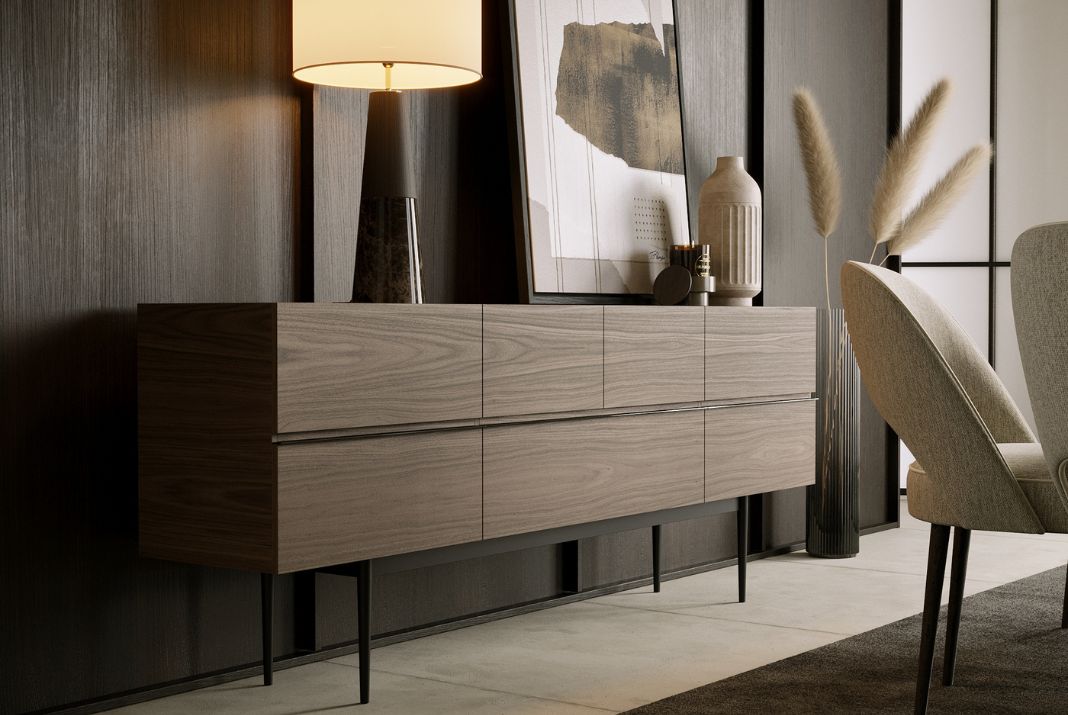
At the core of Japandi's interior design style lies the use of natural materials like wood, stone, and bamboo. These elements infuse warmth, texture, and natural beauty into your living space, creating a cozy and inviting atmosphere.
Embrace Minimalism
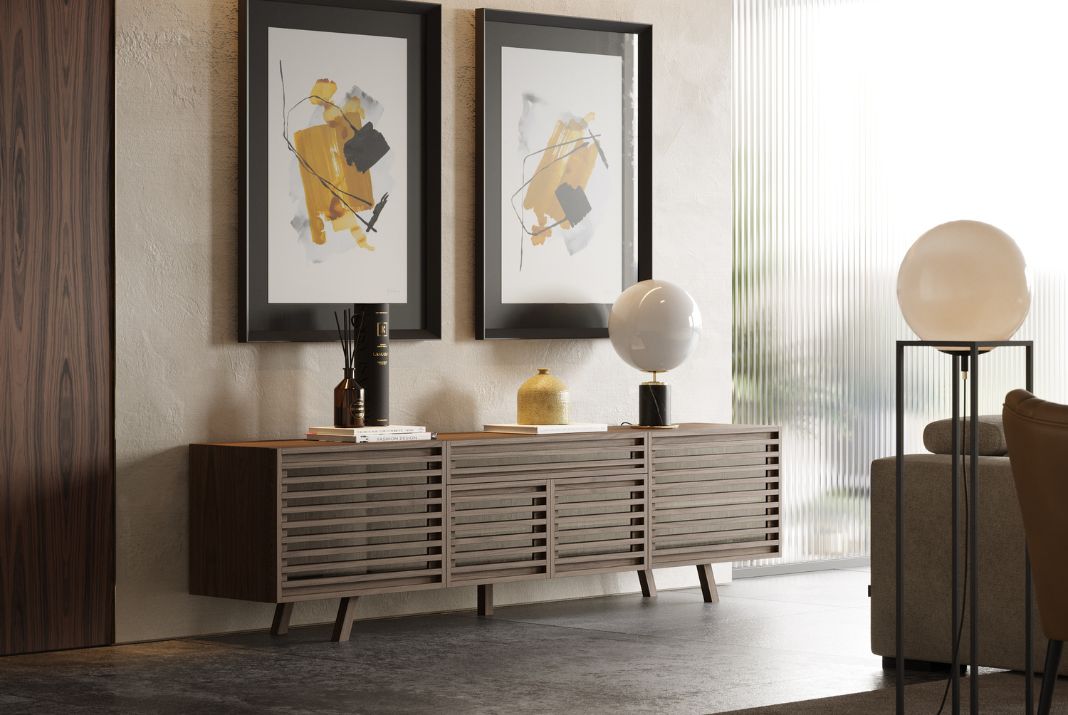
Japandi interior design is all about creating a clutter-free, minimalistic living space. Embrace the “less is more” concept and focus on creating a clean and streamlined environment.
Incorporate Neutral Colours
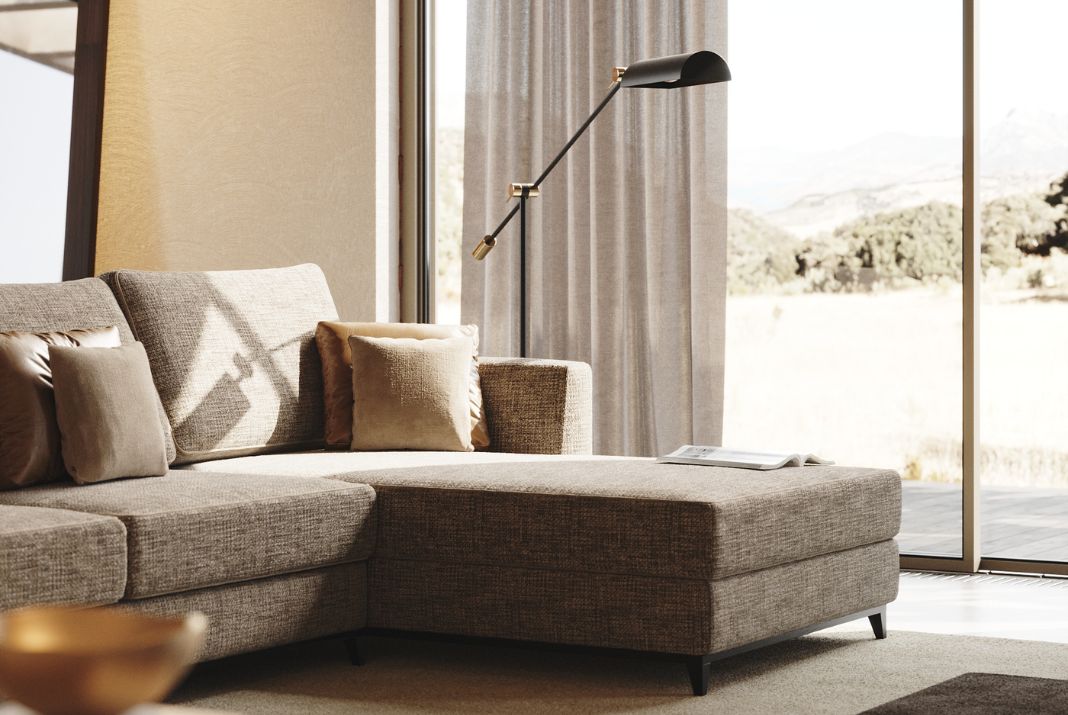
Neutral colours, such as beige, white, and grey, are a staple of Japandi’s interior design. These colours create a calming and relaxing atmosphere and provide a perfect backdrop for natural materials and simple geometric shapes.
Introduce Soft Textures
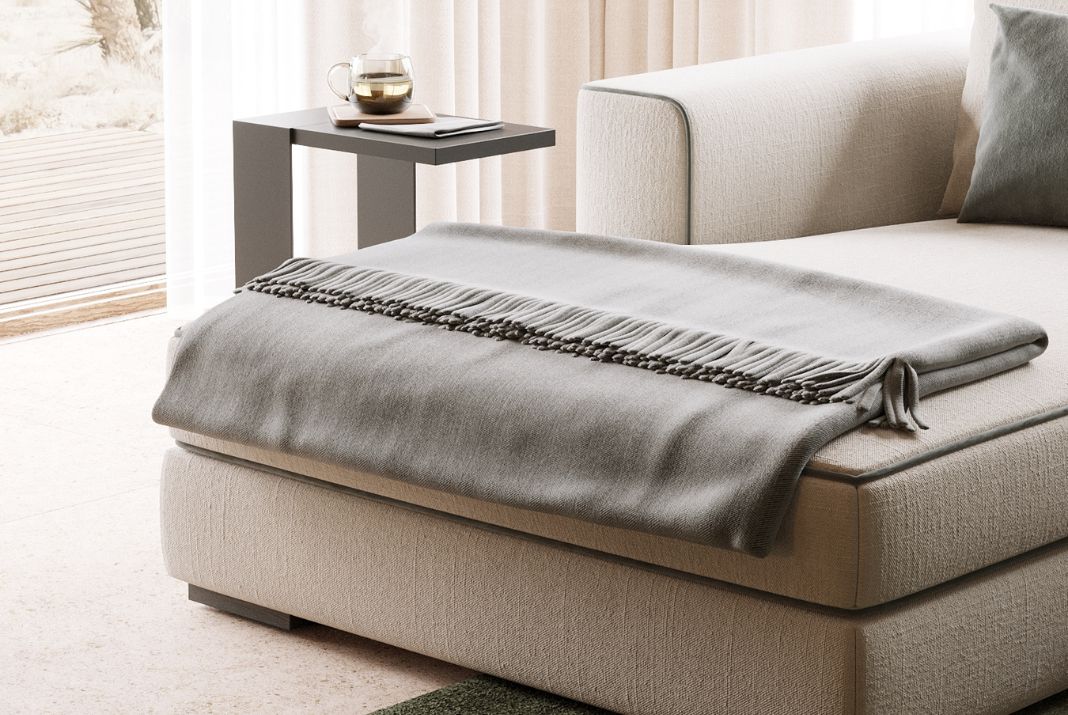
To create a warm and cosy living space, it's essential to incorporate soft textures like wool, cotton, and linen. By using these soft textiles for your sofa, pillows, and rugs, you can add a touch of comfort and luxury to your home. Not only do these materials feel great to the touch, but they also bring a sense of warmth and depth to any room. Soft textiles can help soften the hard edges of furniture and decor, creating a welcoming and inviting ambience.
Consider adding a woollen throw to your couch or a cotton rug to your living room floor. These small touches can make a big difference in how your space feels. Embrace the comfort and warmth of soft textures in your home decor.
Add Simple Geometric Shapes
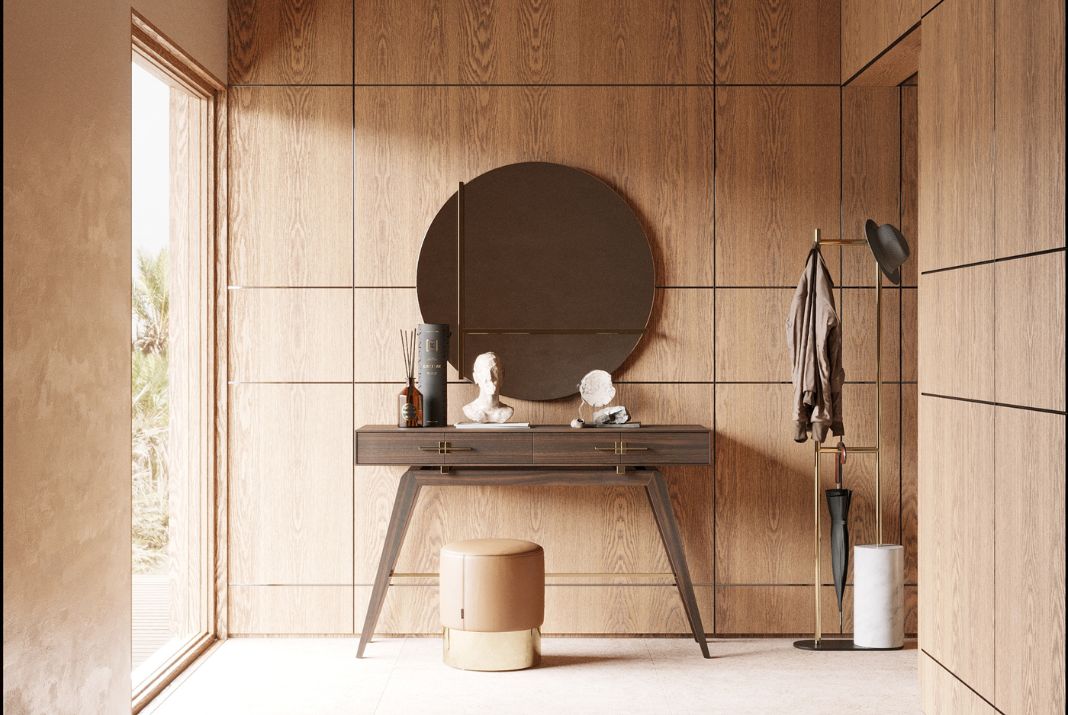
Japandi interior design is characterized by using simple geometric shapes, including circles, squares, and triangles. These shapes play a crucial role in creating a sense of order and harmony within your living space. By incorporating these shapes into your decor, you can achieve a minimalist yet sophisticated look.
Whether you opt for circular wall art or square throw pillows, these shapes add a touch of elegance to any room. They work well with natural materials, such as wood and stone, creating a perfect balance between simplicity and nature-inspired elements.
More Craftsmanship
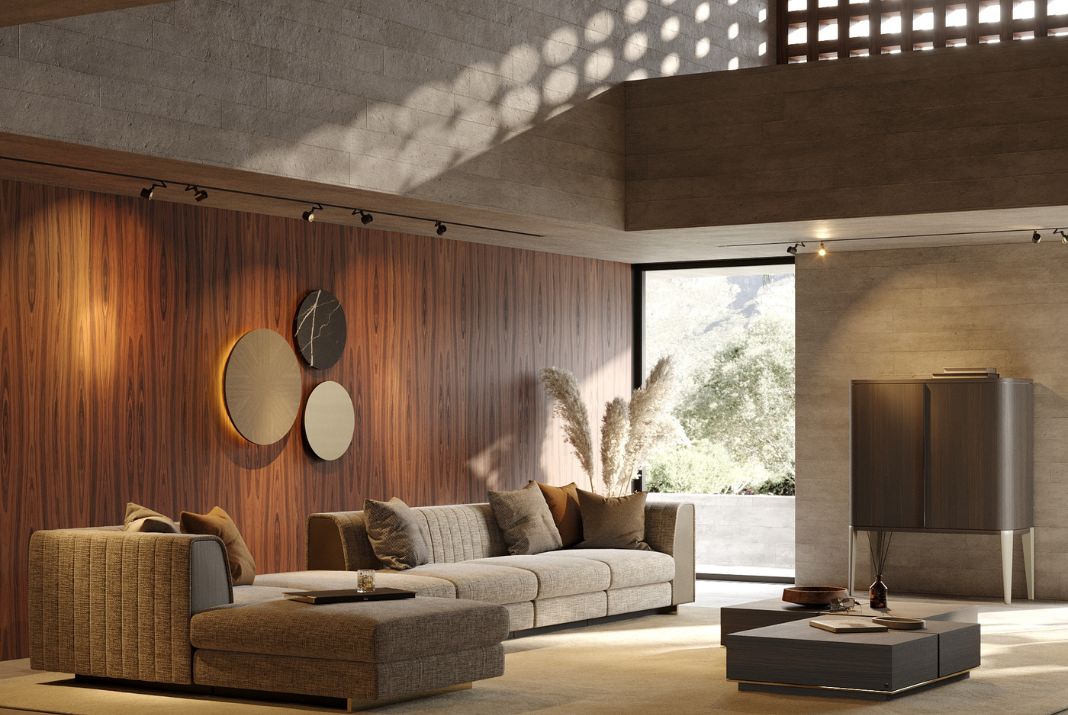
The furniture has a unique artisanal vibe. In Japanese culture, timber is a fundamental element of construction, as it is abundant and versatile in the region. This makes it a popular material for creating DIY home decor, furniture, and architectural structures. In contrast, the Scandinavian design prioritizes comfort and simplicity. The fusion of these styles results in exquisitely crafted furniture and decor pieces that are both functional and comfortable.
The combination of traditional and contemporary design elements creates a one-of-a-kind aesthetic that is sure to elevate any living space. From handcrafted wooden tables to intricately woven chairs, each piece embodies timeless elegance and showcases the mastery of the artisans who created them.
Utilization of sashiko stitching
Sashiko is a time-honoured embroidery technique that has its roots in Japan and dates to the sixteenth century. This embroidery method, which is also referred to as "little stitches," is simple and easy to execute using a needle. It was originally used for quilting and stitching together several layers of fabric for added strength.
The embroidery patterns used in Sashiko are often classic, consisting of geometric or organic designs inspired by nature. Traditionally, Sashiko is sewn onto indigo-dyed cotton fabric using white thread. The indigo-coloured fabric is dyed with a natural dark blue pigment that has a violet tone.
symbolism in Japandi
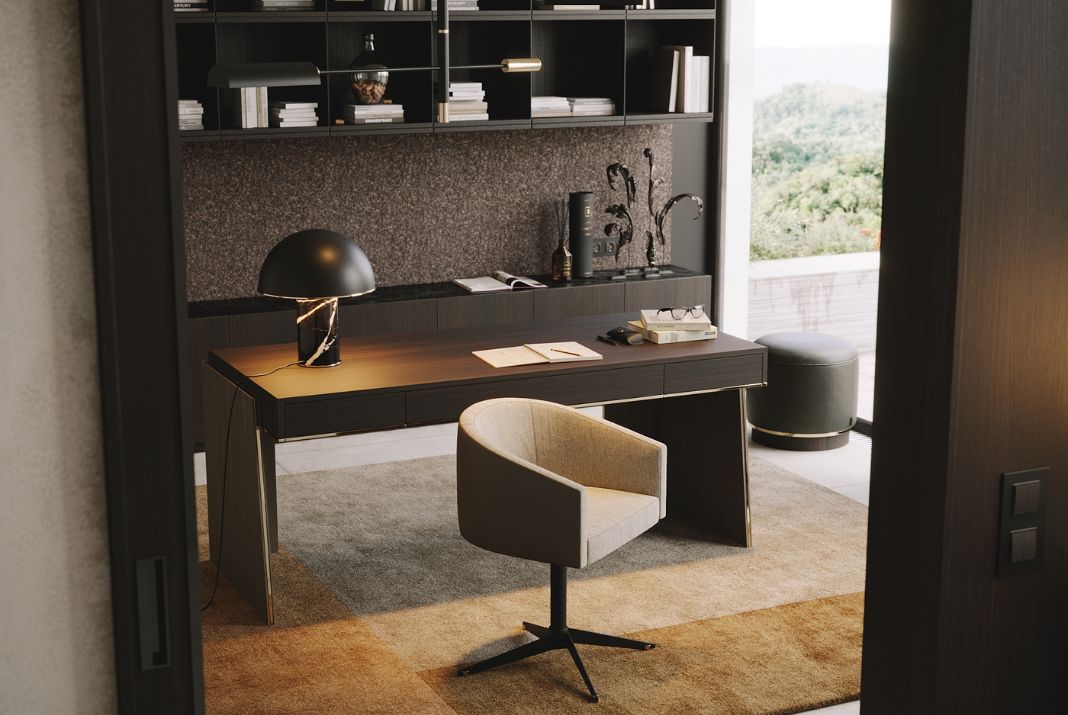
Japandi is not just a design style; it is a way of life. It embodies the Japanese philosophy of simplicity and the rustic charm of Scandinavian design, blending them into a harmonious whole. This stylistic movement is defined by its simplicity, elegance, and attention to detail, combining the best of both worlds.
At the heart of Japandi lies the Japanese concept of "wabi-sabi", which celebrates the beauty of imperfection and incompleteness. This philosophy is expressed through clean lines, raw functionality, and flawless craftsmanship. Wabi-sabi has been a dominant philosophy in Japan since the fifteenth century, and it continues to influence Japandi design today.
